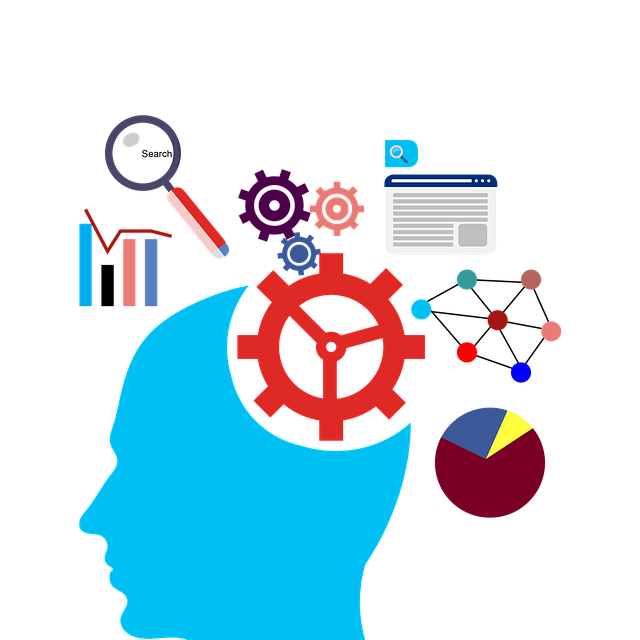AI business recommendation engines, powered by machine learning, analyze customer data for personalized insights and predictions, acting like AI kitchen-to-table timing monitors. These systems deliver precise product suggestions based on preferences, history, and real-time trends, enhancing experiences, boosting sales, and strengthening relationships. Effective AI kitchen-to-table timing monitors require robust data collection, advanced machine learning (including predictive modeling and NLP), and regular updates to maintain precision in a dynamic culinary landscape. Optimizing performance involves tracking user interactions in real-time, refining algorithms, and designing intuitive interfaces that adapt to individual behaviors, fostering engagement and conversions.
“Revolutionize your business with AI kitchen-to-table timing monitors – powerful tools offering personalized insights to enhance customer experiences. This article guides you through developing and optimizing these engines, from understanding their core concepts to practical strategies for success. We explore the key components required to build effective AI recommendation systems, ensuring optimal performance and user satisfaction. Discover how these innovative solutions can transform your business operations.”
- Understanding AI Business Recommendation Engines: Unlocking Personalized Insights
- Building an Effective AI Kitchen-to-Table Timing Monitor: Key Components and Strategies
- Optimizing Performance and User Experience: Refining Your AI Recommendation Engine
Understanding AI Business Recommendation Engines: Unlocking Personalized Insights

AI Business Recommendation Engines are advanced tools that leverage machine learning algorithms to analyze vast amounts of customer data, offering personalized insights and suggestions. These engines work by understanding user behavior, preferences, and patterns, then predicting future trends and choices. This technology is like having a sophisticated AI kitchen-to-table timing monitor, ensuring the right recommendations reach customers at precisely the right moment.
By implementing these recommendation systems, businesses can enhance customer experiences, increase sales, and foster stronger relationships. They provide tailored suggestions for products or services, taking into account individual preferences, purchase history, and even real-time trends. This level of personalization not only improves engagement but also drives conversions by presenting customers with relevant offers at optimal times.
Building an Effective AI Kitchen-to-Table Timing Monitor: Key Components and Strategies

Building an effective AI kitchen-to-table timing monitor involves several key components and strategic considerations. Firstly, data collection and preprocessing are crucial; this includes gathering real-time information on cooking times, ingredient preparation, and dining experiences from various sources like sensors, user feedback, and historical data. The quality and diversity of these data points significantly influence the monitor’s accuracy.
Next, advanced machine learning algorithms play a vital role in processing and analyzing the collected data. Techniques such as predictive modeling and time series analysis can be employed to forecast optimal serving times based on cooking dynamics and customer preferences. Additionally, integrating natural language processing (NLP) capabilities allows for sentiment analysis of customer reviews and feedback, enhancing the system’s ability to adapt to diverse dining scenarios. Regular model training and updates using new data ensure the AI kitchen-to-table timing monitor remains precise and relevant in a dynamic culinary environment.
Optimizing Performance and User Experience: Refining Your AI Recommendation Engine

Optimizing Performance and User Experience involves refining your AI recommendation engine to ensure it delivers relevant, timely, and personalized suggestions. By implementing kitchen-to-table timing monitors, you can track and analyze user interactions, identifying patterns and bottlenecks in real time. This data-driven approach allows for continuous improvement of the algorithm, enhancing its ability to anticipate user preferences accurately.
Furthermore, focusing on user experience means designing an interface that seamlessly integrates recommendations without overwhelming users or slowing down the browsing experience. A well-tuned AI engine should adapt to individual behaviors and preferences, providing a tailored journey that encourages engagement and conversions. Regular testing and iterative updates based on user feedback are key to achieving this balance.
AI business recommendation engines, including sophisticated kitchen-to-table timing monitors, are transforming industries by delivering personalized insights and enhancing user experiences. By understanding core components and optimizing performance, businesses can leverage these tools to drive engagement and efficiency. As AI continues to evolve, refining recommendation engine strategies will be key to staying competitive in today’s dynamic market.
